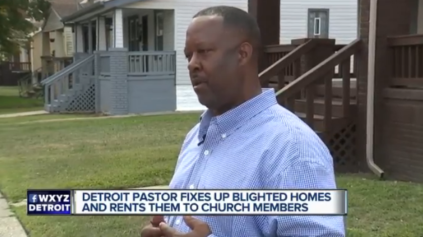Detroit is a symbol of the old economy’s decline. It’s not just the derelict center; the metropolitan area as a whole lost population between 2000 and 2010, the worst performance among major cities. Atlanta, by contrast, epitomizes the rise of the Sun Belt; it gained more than a million people over the same period, roughly matching the performance of Dallas and Houston without the extra boost from oil.
Yet in one important respect booming Atlanta looks just like Detroit gone bust: both are places where the American dream seems to be dying, where the children of the poor have great difficulty climbing the economic ladder.
In fact, upward social mobility — the extent to which children manage to achieve a higher socioeconomic status than their parents — is even lower in Atlanta than it is in Detroit. And it’s far lower in both cities than it is in, say, Boston or San Francisco, even though these cities have much slower growth than Atlanta.
So what’s the matter with Atlanta? A new study suggests that the city may just be too spread out, so that job opportunities are literally out of reach for people stranded in the wrong neighborhoods. Sprawl may be killing Horatio Alger.
The new study comes from the Equality of Opportunity Project, which is led by economists at Harvard and Berkeley. There have been many comparisons of social mobility across countries; all such studies find that these days America, which still thinks of itself as the land of opportunity, actually has more of an inherited class system than other advanced nations. The new project asks how social mobility varies across U.S. cities, and finds that it varies a lot. In San Francisco a child born into the bottom fifth of the income distribution has an 11 percent chance of making it into the top fifth, but in Atlanta the corresponding number is only 4 percent…
Read More: nytimes.com


